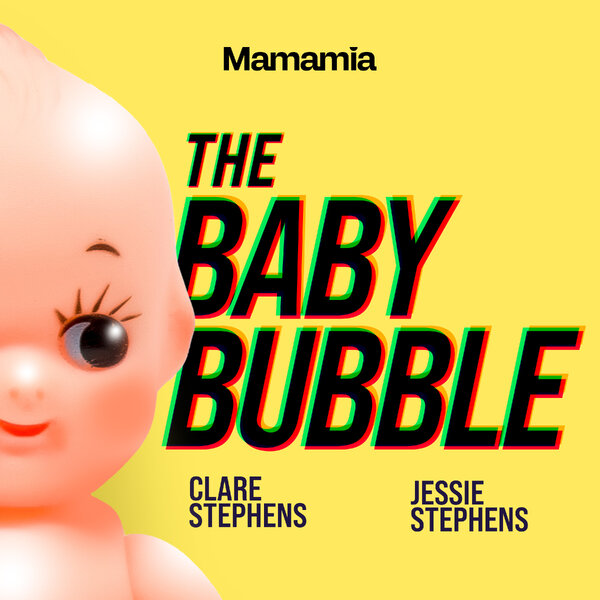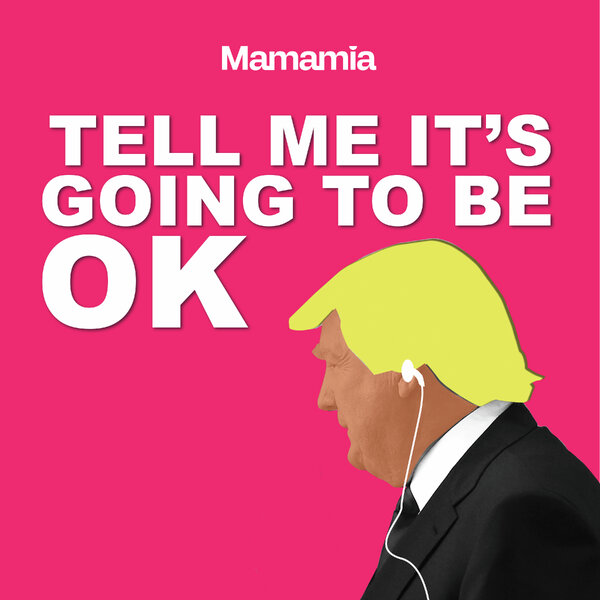by PAUL TWOMEY
The Carbon Pricing Mechanism, known to its friends as the carbon price and its critics as the carbon tax, passed away today in Canberra, aged two, after a long battle with slogans.
While it won praise from most academic and business economists at home and abroad, it will perhaps be best remembered for its controversial relationship with Australian voters, the stinging criticism it endured from certain politicians, and comparisons with its nemesis, Direct Action.
While no-one thought it was perfect, the carbon price was achieving the task that was asked of it, and won expert recognition as an important pillar of any sensible climate policy portfolio.
Passionate origins
The carbon price was conceived in the throes of passion of market theory. Pollution has a social cost, so it seemed like a good idea to economists to incorporate these costs into the market system, with its respected properties of being relatively good at allocating resources and minimising costs.
Its backers had big ideas. Incentives to lower emissions would permeate throughout the economy from bolstering low-carbon investment, encouraging consumers to switch into low carbon goods and services, and supporting technological and social innovation. Emissions-reduction efforts could also be easily scaled up by raising the carbon price or reducing the number of permits for sale.




























































































